
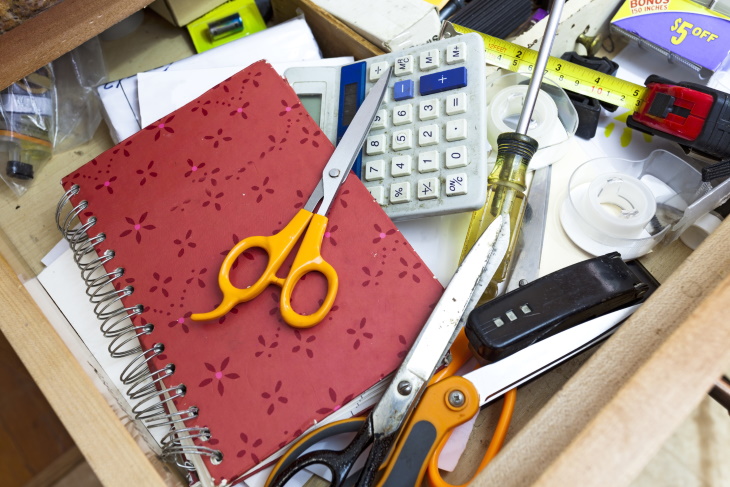
Organizing miscellaneous supplies, tools, and utensils is a wonderful idea. But if you’re not careful, the organization project may end up as a box or drawer full of random stuff. And every time you need to retrieve something from the dreaded junk drawer, you’ll have to rummage through piles of assorted bits and bobs.
To put the junk drawer in order once and for all, begin by emptying it and discarding all the trash. Sort the stuff you decided to keep by size and shape - similar items should go together to save space. Store loose items like buttons and pins in small transparent boxes or bags.
Also, put the items you use most at the front of the drawer, and those you only use occasionally in the back. Try not to overpack the drawer with too many things in general – keeping it one-third empty is a reasonable benchmark. This way, most things will be easily visible and accessible.

We get it – wearing outdoor shoes indoors is very much a cultural thing. It may be strange to hear for some, but in certain parts of the world, entering someone’s house with your shoes on is taboo, and there are some very valid reasons for that. Essentially, it’s a way to save time on cleaning and keep the home’s interior grime- and germ-free.
So if you’re tired of vacuuming and cleaning upholstered furniture like a robot several times a week, you may want to introduce a no outdoor shoes policy in your own home too. Doing this is very easy. Have a pair of slippers, a bench or chair, and a mat ready by the front door. Upon arrival, place your outdoor shoes on the mat and change into your slippers. Easy peasy!
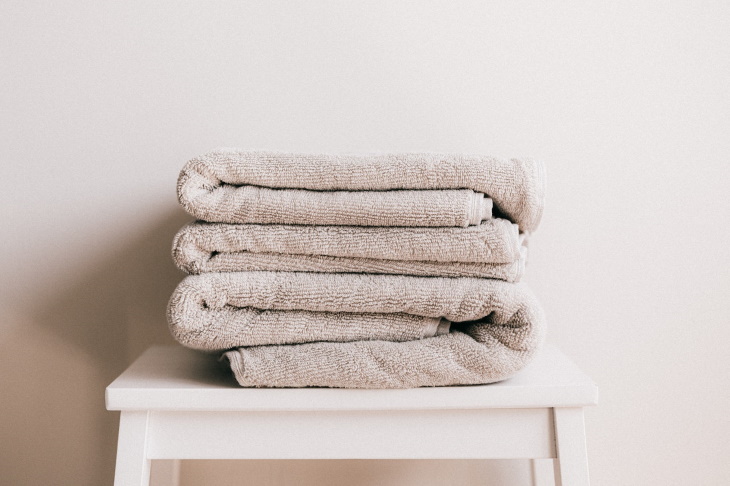
Wonder why your bathroom towels get smelly in days and still feel wet after drying them on a hanger? Wet towels are made of dense water-absorbing fabrics. That’s why they’re so effective at soaking up water from your hair and body.
Unfortunately, that also means that towels take much longer to dry than most fabrics, especially when you leave them bunched up on a hook or worse – on the floor. Instead, we recommend that you line-dry damp towels, or even pop them in the dryer for a few minutes. This way, you’ll be able to reuse the towel for the whole week, and there won’t be a trace of that terrible musty towel smell either.
The same is true for your shower curtains, by the way. If you leave it bunched up after taking a shower, it’s likely to develop mold in a matter of weeks. So we recommend that you close the shower curtain after each shower and leave a small gap on both sides of the curtain to encourage airflow. This trick will reduce the risk of mold right away.
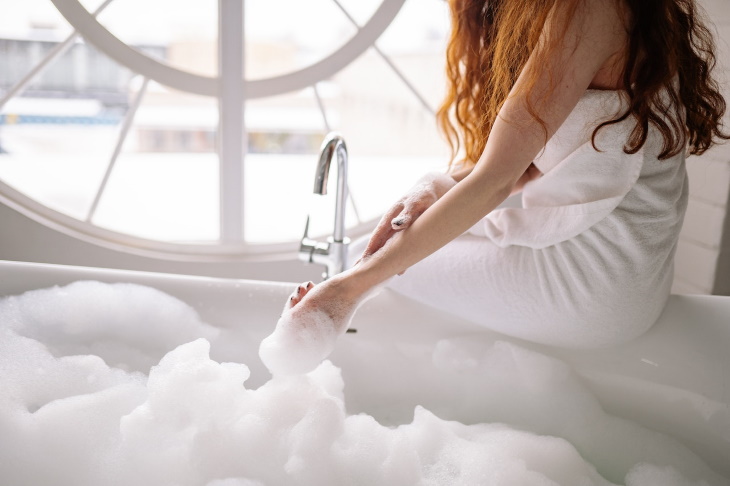
If you’re a fan of baths, then you’re surely familiar with that gross ring of grime left every time someone doesn’t rinse the tub after using it. The same soap grime can accumulate at the bottom of the shower, but it’s maybe a bit less noticeable since it’s not literally at eye level.
As you can probably tell, this one is a bit personal for me. And I must admit, it happened more than once or twice that I had to completely empty a full bath and scrub the bathtub with a harsh cleaner. Please remember, this issue can be easily prevented if you simply rinse the tub or shower with clean hot water after every use. It only takes thirty seconds, but it makes such a huge difference.
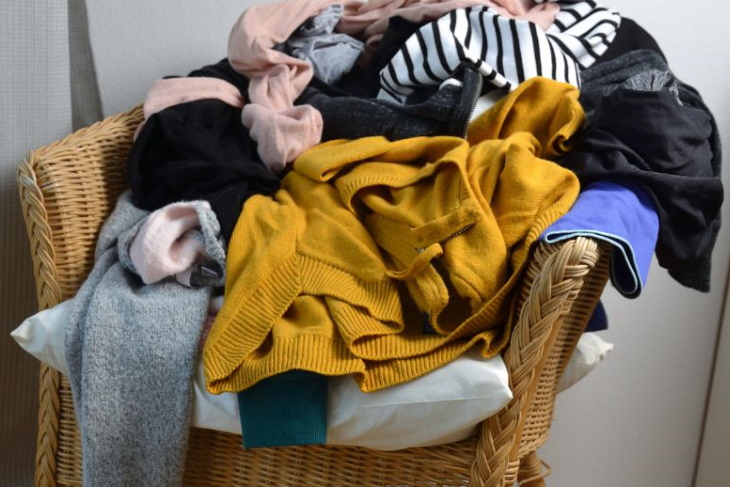
Of all the times that someone has thrown their worn pants and T-shirts on the bedroom chair, how many times have they actually remembered to wear them or put them away the next day? For most people, the answer is pretty close to zero, and the clothing ends up moving to the laundry basket after spending a few times in “chair limbo.”
Why not stop beating around the bush and replace the chair with a laundry basket? A cluttered chair is quite an unsightly presence in your bedroom, and it becomes its own cleaning chore too. And if you’re one of the few who do indeed wear the clothes in question, make a rule of putting them away immediately instead of cluttering up the chair.
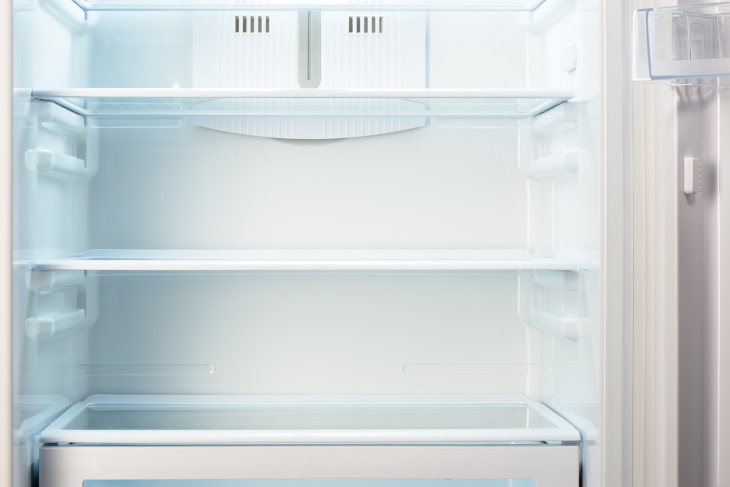
There’s nothing pleasant about a loud fridge, especially if you actually take the time to clean it inside and out every month, all in vain. But before you give up or decide to replace the fridge, let us ask you this: when was the last time you cleaned the air vents on your fridge? This is one area of your fridge that is commonly overlooked, and this can make the device louder and less effective at keeping food cool.
These small vents are scattered across the interior of the device, including the freezer and the bottom of the refrigerator. Cleaning the air vents only takes a minute. Begin by vacuuming the vents with the hose or small brush attachment on. Then proceed by spraying a clean cloth with an all-purpose cleaning solution, and wiping down the vents. Do this a few times a year, and your fridge will be in tip-top shape for years.
Related article: 14 Simple Rules to Always Have an Organized Fridge
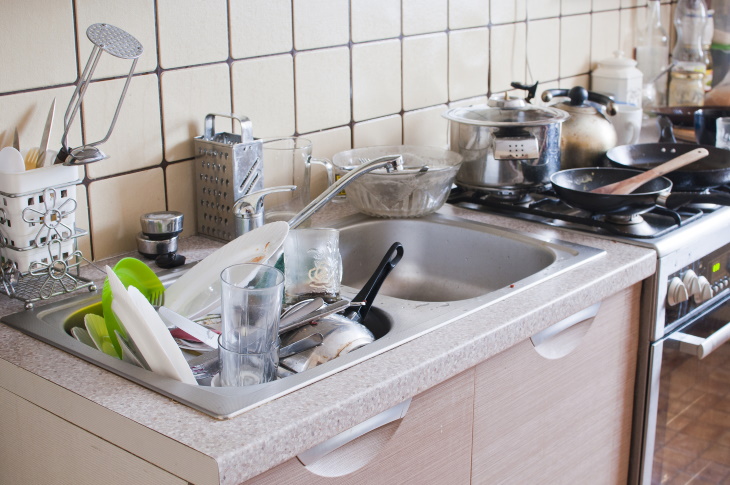
There are several reasons why it’s a terrible idea to let those dirty dishes marinate in their own juices. First and foremost, a full sink is a magnet for pests and germs that cause foodborne illness. Therefore, leaving all the dirty dishes out overnight or longer is an unhygienic practice.
Dirty dishes will also stain the sink. The longer you leave leftover tea, turmeric, or beetroot in your sink, the harder it will be to get the stains out later.
The solution? If you prefer to do dishes by hand, make a rule of doing so immediately after dinner. And for the rest of us, the preferred practice is to simply load dirty dishes directly into the dishwasher. Out of sight – out of mind.
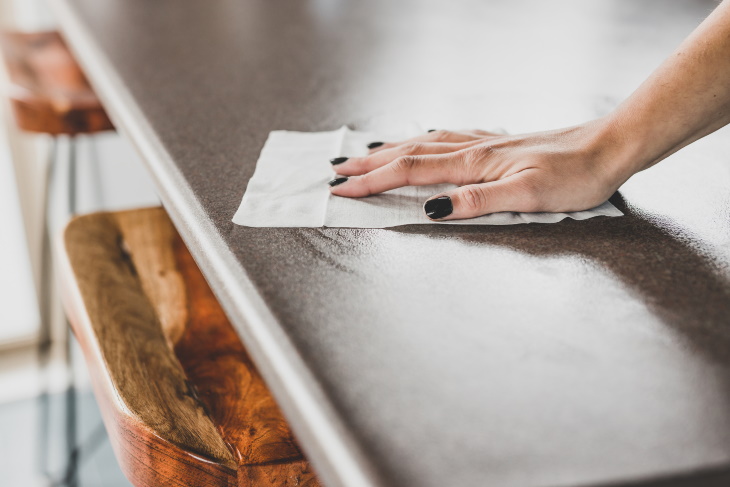
Disinfectant wipes are an excellent and versatile tool, but they can become less effective or even harmful if you don’t use them right. To know how to use them correctly, you must first understand that the active cleaning agent isn’t the wipe itself, it’s the disinfectant liquid it’s soaked in. For the wipe to effectively clean any surface, it must leave enough moisture for the surface to stay moist for 4-5 minutes.
Hence, a single wipe has a lot less cleaning power than most people believe. To clean an entire room, you’d probably need to use dozens of wipes. Therefore, disinfectant wipes are best used for small cleanup jobs like wiping down the bathroom sink or disinfecting doorknobs and light switches.
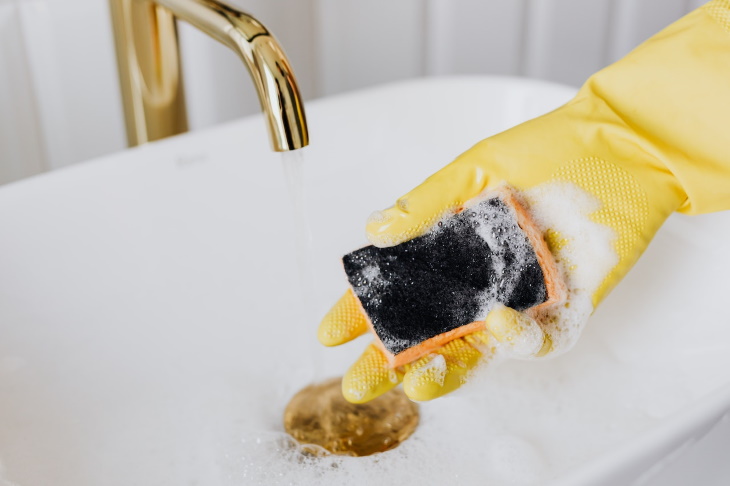
The more generous you are with cleaning products, the faster and better the results will be. Right? Not quite… Using too much dish soap, laundry detergent, degreaser, or pretty much any other cleaning liquid is just as terrible of an idea as not cleaning at all. When used in excess, cleaning products may accumulate on surfaces, leaving a sticky film on top. This, in turn, can attract dust and grime, rendering your hard work nearly worthless.
So please avoid eyeballing the amount of cleaning product you use. What is the right amount, then? This varies depending on the brand and type of household product, so make sure to follow the label's recommendations. After cleaning, don’t forget to rinse the excess residue away with plenty of water – unless the product directions explicitly state otherwise.
Related article: 9 Common Laundry Mistakes

It’s easy to see why people tend to postpone laundry day until all the laundry baskets are overflowing, and you've dug out the last pair of socks from the sad and empty sock drawer. The thing is, doing laundry is as boring a chore as one can imagine. However, do you know what makes this task even more tedious? When you have to do load after load of laundry all at once.
So here's our laundry advice: divide and conquer. Split the chore into short segments by doing a load of laundry every time you collect enough dirty clothes. This way, laundry will become a minor and brief nuisance, much like doing the dishes or throwing out the trash. And there’s another upside – you’ll never run out of clean socks again, or any other clothes for that matter.

If you’ve ever watched a chef cooking something, you would’ve noticed them clean up little spills and crumbs here and there as they go. This is no coincidence – they are taught to keep the work surface clean at all times.
Not only is it more hygienic, but it’s also easier to clean up small messes between the cooking steps than doing so after the meal. The only exception to this rule are large dishes and pots that take a long time to clean. You can load those directly into the dishwasher or leave them to soak for some time.
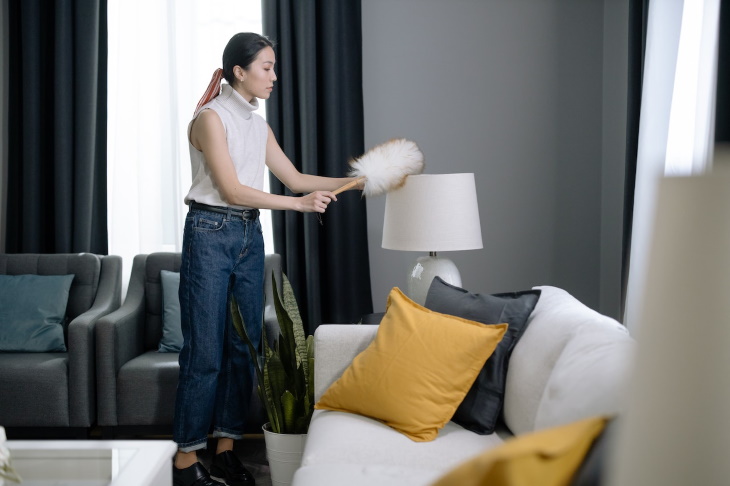

Both cleaning and decluttering are important parts of housekeeping. However, doing these two tasks at the same time is usually not a good idea. Whether you’re throwing out or donating old clothing, decluttering takes a lot of time. So, if you’re doing it during the organizing stage of the cleaning process, it may seriously prolong it, and you may end up feeling overwhelmed.
Hence, we recommend that you do these two chores on two separate days altogether. I usually prefer to start with decluttering and then proceed to cleaning because moving and emptying the wardrobe and other storage areas may reveal some overlooked dusty spaces.
Related article: Are You Using Cleaning Supplies Right? 10 Common Mistakes
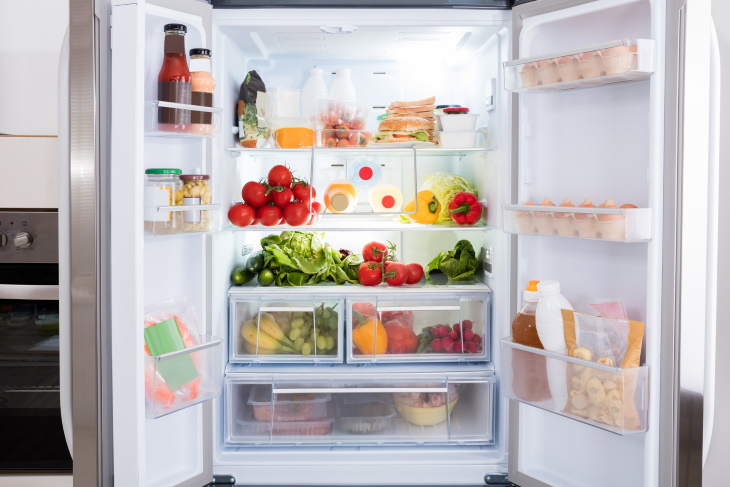
If you never eat leftovers, why do you always keep them in the fridge? Food waste is a known problem, but it won’t be eliminated if food doesn’t get eaten. Know your habits and be honest with yourself; if you’re not planning to finish the food, save yourself some time and toss it in the trash or compost right away.
Similarly, it’s a wise idea to browse through condiments, jams, and all other foods with a longer shelf-life on a monthly basis. Foods stored for too long may introduce mold and other germs, and hence may be a health hazard. A good idea is to label the date you open these types of food items too – to be sure that the item hasn’t been in the fridge for way too long.
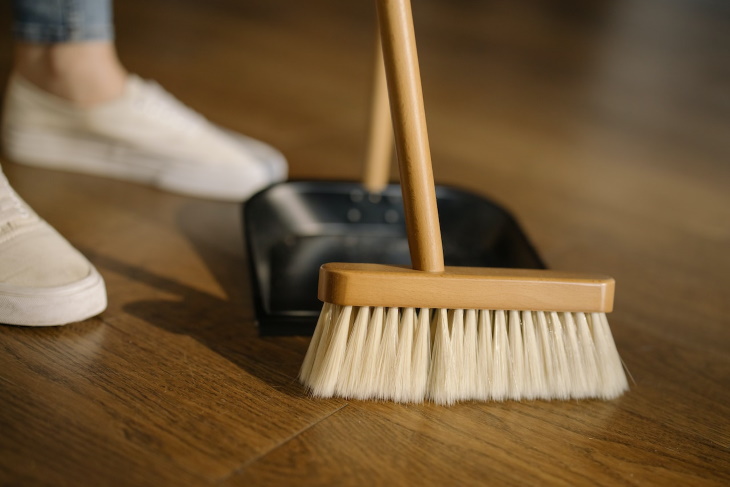
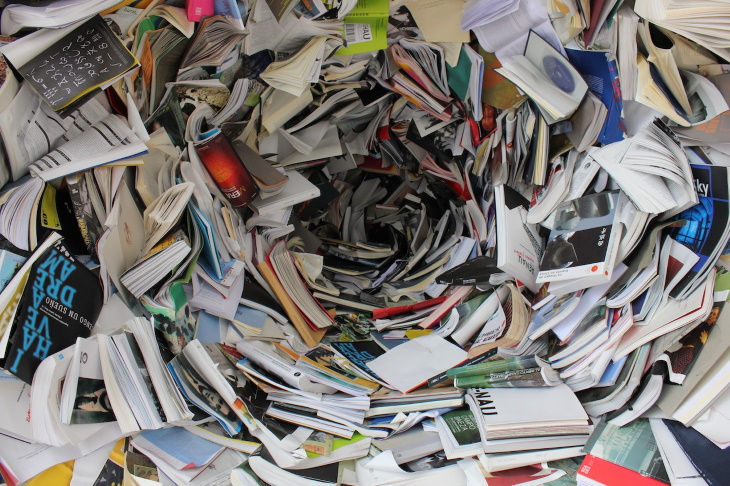
Bills, newspapers, and all sorts of letters have the annoying tendency to pile up on the counter or side table very quickly. This will instantly give your home a cluttered appearance, especially if all those receipts and other papers keep accumulating for weeks and weeks.
To solve this annoying issue, we recommend that you have a designated spot for mail and other papers near the entryway. You should also make a rule of sorting through it on a weekly basis. Set an alarm or a reminder on your phone if you need to.
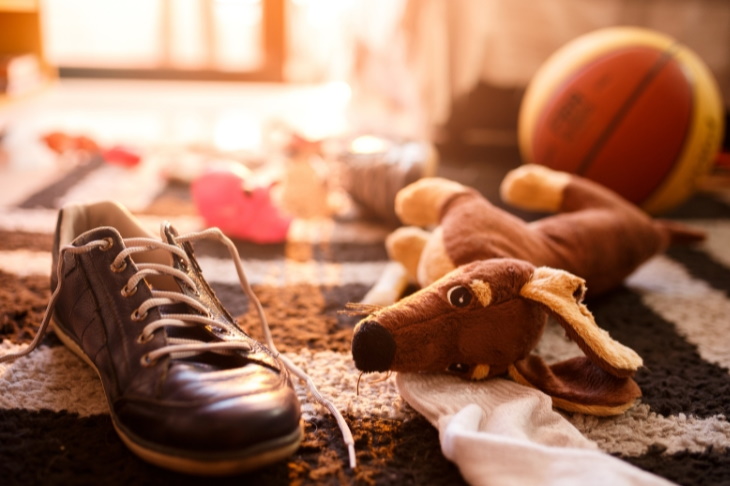
This final point is a big one, and we intentionally left it for last. There’s a common misconception that you should only clean when your home starts looking really messy. The sentiment behind this habit is clear – no one likes to clean, so they try to postpone chores until the last minute. But if you replace this pernicious habit with a new mindset, you will find yourself living in a tidy home 90% of the time.
Sounds amazing, doesn’t it? And all it takes is 15-20 minutes of cleaning every day. Once you learn to put away clothes and other stuff you use every day, do laundry throughout the week, remember to load and empty the dishwasher and keep the cat’s litterbox clean, you’ll find that your home is much cleaner. Moreover, you’ll also spend much less time on weekly cleaning because all that is left is a bit of vacuuming and dusting. Teach yourself this last habit. It's absolutely worth it!